Bulgarian Food Dishes: Basic Overview
Common Ingredients
Common Cooking Methods
Courses
Meals
Key Taste
Eating Etiquette
Meal Presentation
Culinary Festivals
Influence and Fusion
Popular Types of Bulgarian Dishes
-
Cakes and Pastries
Bulgarian cakes and pastries are known for their diverse and rich flavors, often incorporating local ingredients like nuts and pumpkins.
These desserts range from sweet and layered creations soaked in syrup to savory pastries filled with cheese or meat.
They showcase a blend of textures from flaky to soft and moist.
-
Desserts
Bulgarian desserts are characterized by their sweetness and richness, featuring ingredients like nuts, honey, and dairy.
From syrup-drenched pastries layered with filo dough and nuts to creamy yogurts and chocolate-enrobed cakes.
-
Fried Dishes
Fried dishes in Bulgarian cuisine offer a delightful crunch and savory satisfaction, including deep-fried patties made from dough or vegetables stuffed with cheese.
These dishes are enjoyed for their crispy exteriors and flavorful fillings, often served as appetizers or snacks.
-
Grilled and Barbecued Dishes
Grilled and barbecued dishes in Bulgaria focus on succulent meats and vegetables seasoned with a harmonious blend of spices.
The high heat of the grill imbues these dishes with a smoky flavor that’s both rustic and refined, making them a favorite at gatherings and celebrations.
-
Snacks
Bulgarian snacks are a diverse array of bite-sized delights, ranging from savory pastries to cured meats and pickled vegetables.
These snacks are designed to be enjoyed at any time of day, providing a quick and tasty way to satisfy hunger between meals.
-
Soups
Soups in Bulgarian cuisine are a warm and comforting staple, offering a range of flavors from the rich and meaty to the light and brothy.
These soups often incorporate a variety of local vegetables, legumes, and meats, simmered together to create a harmonious blend of flavors.
-
Stews
Cooked traditionally in clay pots, these stews blend meats like pork, chicken, and beef with a variety of vegetables and are seasoned with spices like cumin and oregano.
Key variations include dishes that combine multiple meat types with sauerkraut and spices for a complex and savory taste, often accompanied by bread, fries, or rice.
-
Vegetarian Dishes
Vegetarian dishes in Bulgarian cuisine are a colorful and healthful array of meals, showcasing the country’s abundant produce and creative use of grains and legumes.
These dishes are rich in flavors and textures, making them a satisfying option for vegetarians.
-
Bread and Doughs
From the soft and pillowy flatbreads to the flaky layers of pastries, these doughs are crafted with skill and care, often incorporating yogurt or milk to enhance their texture.
Whether used as a vehicle for other flavors or enjoyed on their own, these breads and doughs are a testament to the simple pleasures of Bulgarian cuisine.
Bulgarian dishes are culinary creations widely consumed in Bulgaria, a Southeast European country known for its rich culinary traditions that blend influences from Balkan cuisine, Turkish flavorful feasts, and yummy Greek treats.
The cuisine features an array of fresh salads, dairy products like yogurt and sirene (a type of white brine cheese similar to feta), and hearty main courses, including stews and grilled meats such as pork, chicken, and lamb.
The use of fresh vegetables, herbs, and fruits is prevalent, thanks to the country’s favorable climate. Special dishes are prepared for holidays, each with its own tradition.
Bulgaria is also renowned for its unique yogurt, made with a local strain of bacteria, contributing to its distinct flavor and health benefits.
Besides these characteristics defining traditional food in Bulgaria, I also share some insights about its global recognition and health benefits. Next, we’ll explore an exciting selection of the most common Bulgarian dishes.
Later, I will provide an overview of Bulgarian food culture’s features. Next, you can also learn about Bulgaria’s dining customs, the special role of dishes in celebrations, and the ideal beverages to pair with meals.
27 Popular Bulgarian Dishes with Filters
Explore the heart of Bulgarian cuisine with 27 beloved dishes! Here, you can use the filter to search dishes based on several factors like ingredients, taste, cooking techniques, etc.
Now, let me introduce some groups of dishes, including the most popular, national, traditional.
These traditional selections are made from local ingredients and embody the simplicity of Bulgarian cooking methods.
The streets of Bulgaria can be grilled, fried, or pancakes, which offer you a quick and tasty treat to enjoy on the go.
Shopska Salata
- National
- Traditional
Shopska salata is a renowned Bulgarian cold salad made from diced tomatoes, cucumbers, onions, and peppers, dressed with sunflower or olive oil and topped with a thick layer of grated sirene cheese.
This salad is celebrated for its fresh flavors and is often served as an appetizer. Its ingredients are chosen to reflect the colors of the Bulgarian flag, symbolizing national pride. Originating in the mid-20th century, Shopska Salata has become a symbol of Bulgarian cuisine and hospitality.
Banitsa
- National
- Street Food
- Traditional
Banitsa is a traditional Bulgarian pastry known for its layers of filo dough filled with a mixture of eggs, yogurt, and white brined cheese.
The dish’s name, Banitsa, traces back to the South Slavic word for “to fold,” reflecting the technique used in its preparation. This savory dish can be enjoyed hot or cold and is often served for breakfast alongside yogurt, ayran, or boza.
Banitsa is notable for incorporating lucky charms or wishes wrapped in foil during New Year’s celebrations, when it’s customary to bake lucky charms into the pastry, symbolizing wishes for happiness, health, and success in the coming year.
Moreover, this dish is also served during Christmas and Easter. Over time, Banitsa has evolved to include a variety of fillings, from spinach and leeks to sweet versions with pumpkin or apple.
Kiselo Mlyako
- Traditional
Kiselo mlyako is a traditional Bulgarian yogurt known for its unique sour taste and thick texture, which is achieved through the fermentation of milk using specific strains of bacteria, including Lactobacillus bulgaricus and Streptococcus thermophilus.
This dairy product is a staple in Bulgarian cuisine and is celebrated for its health benefits, including aiding digestion and contributing to a balanced diet. It’s often enjoyed on its own, as part of various dishes, or as a base for sauces and soups.
Lutenitsa
- Traditional
Lutenitsa, or lyutenitsa, is a type of savory spread or relish originating from the Balkans, particularly popular in Bulgarian cuisine.
It is typically made from a blend of cooked peppers, tomatoes, garlic, and onions, all finely mashed together and seasoned with vegetable oil and various spices.
This mixture can range in texture from smooth to chunky and in flavor from mild to quite spicy, depending on the addition of ingredients like chili peppers or aubergines.
Lyutenitsa is often enjoyed cold and can be used as a spread on bread or as a condiment to accompany various dishes.
Kebapche
- Street Food
- Traditional
Kebapche is a beloved Bulgarian dish consisting of small, grilled minced meat rolls seasoned with spices. The meat, often a blend of pork and beef, is molded into an elongated shape resembling a hot dog and seasoned primarily with black pepper, cumin, and salt.
This dish is exclusively grilled and is traditionally served with sides like French fries, often topped with grated sirene cheese, and accompanied by lyutenitsa, a thick vegetable relish.
Kebapche is commonly enjoyed with a cold beer, making it a staple at casual gatherings and a favorite in Bulgarian cuisine for its simplicity and savory taste.
Kyufte
- Street Food
- Traditional
Kyufte is a beloved dish in Bulgarian cuisine, consisting of seasoned meatballs or patties. The meat used can be beef, pork, lamb, or a mixture, finely ground and mixed with a variety of spices that may include black pepper, cumin, and salt.
The mixture is then shaped into round or oval forms before being cooked, typically grilled, to achieve a savory outer crust while keeping the inside tender and juicy.
Kyufte is often enjoyed with sides such as fresh salads, bread, and a variety of dips, making it a versatile dish that can be served in both casual and festive settings.
Moussaka
- Fusion
- Traditional
Moussaka is a layered dish that is a staple in Balkan and Middle Eastern cuisines, with various regional adaptations. The dish typically features layers of eggplant or potatoes and minced meat, with each layer being cooked separately before being assembled and baked together.
In Bulgaria and other Balkan countries, the dish includes potatoes instead of eggplant and uses pork or beef for the meat layer, with a top layer made from a mixture of milk or yogurt and eggs, sometimes with added flour.
Tarator
- Traditional
Tarator is a refreshing cold soup popular in Bulgarian cuisine, especially favored during the hot summer months. It is a simple yet delightful blend of yogurt, cucumbers, garlic, dill, and water, often seasoned with a pinch of salt and a drizzle of olive oil.
This dish is known for its creamy texture and cool, tangy flavor, making it a perfect appetizer or a light meal. Tarator is not only cherished for its taste but also for its hydrating and cooling properties, providing a culinary respite from the heat.
Shkembe Chorba
- Traditional
Shkembe chorba is a traditional Bulgarian soup made primarily from tripe, which is the stomach lining of cattle. The soup is enriched with various seasonings, including ground red paprika, and sometimes a touch of milk to enhance its flavor and texture.
It is customarily served with a side of mashed garlic in vinegar and hot red pepper, allowing diners to adjust the taste to their liking.
Shkembe chorba is not only appreciated for its hearty and comforting qualities but is also reputed as a remedy for hangovers, making it a popular choice after festive occasions.
Bob Chorba
- Traditional
Bob chorba is a traditional Bulgarian soup known for its hearty blend of dried beans, onions, tomatoes, and spearmint or dzhodzhen, with carrots often added to the mix.
This dish is characterized by its rich and comforting flavors, making it a staple in Bulgarian cuisine. Local variations of bob chorba might include additional ingredients such as paprika, potatoes, or various meats.
Historically, this soup has been a common and essential part of meals in Bulgarian monasteries, showcasing its deep-rooted significance in the country’s culinary heritage.
Meshana Skara
- Traditional
Meshana skara is a popular Bulgarian mixed grill platter that showcases a variety of meats prepared and seasoned in traditional Bulgarian style.
This dish typically includes a selection of meats such as kebapche, kyufte (Bulgarian meatballs), grilled pork or chicken, and sometimes sausages or steak. Each meat component is seasoned with a blend of local spices and herbs, then grilled to perfection.
Meshana Skara is often served with sides like fresh salads, lyutenitsa (a thick vegetable spread), and sometimes a sprinkling of sirene cheese (a white brine cheese similar to feta).
Palneni Chushki
- Traditional
Palneni chushki is a beloved Bulgarian dish consisting of bell peppers that are hollowed out and filled with a savory mixture.
This filling often includes ingredients such as rice, minced meat, herbs, and spices, which are then cooked together to infuse the peppers with rich flavors.
The stuffed peppers are typically baked or simmered until tender, making them a hearty and flavorful meal that is enjoyed in various forms across Bulgaria and other Balkan countries.
Sarmi
- Traditional
Sarmi is a traditional Bulgarian dish made by wrapping a filling in leaves, commonly cabbage or vine leaves. The filling typically consists of a mixture of minced meat, rice, herbs, and spices.
These parcels are then cooked by boiling or baking, absorbing the flavors of the leaves, which impart a unique taste and aroma to the dish.
Sarmi is a versatile dish that can be adapted with various fillings and leaves, making it a staple in Bulgarian and broader Balkan cuisines, enjoyed as a main course or a side dish.
Baklava
- Fusion
- Traditional
Baklava is a rich, sweet pastry celebrated in many Middle Eastern and Mediterranean cuisines, including that of Bulgaria. It consists of layers of filo dough, a very thin unleavened dough, which are filled with chopped nuts, often pistachios, walnuts, or almonds.
The pastry is assembled by layering buttered filo sheets, adding a nut mixture, and baking it. Once cooked, it’s drenched in a sweet syrup, giving baklava its characteristic moistness and sweetness.
This dessert is often served in small portions due to its richness and it is particularly popular during festive occasions and celebrations.
Garash
- Traditional
Garash cake is a type of dessert originating from Bulgaria, specifically from the city of Ruse. It was invented by Kosta Garash, an Austro-Hungarian individual, in the year 1885.
This cake is renowned for its distinctive composition, primarily involving walnuts, egg whites, and sugar, which are combined to create thin, round layers.
These layers are then assembled with a special frosting made from sweet cream and chocolate, covering not just the layers in between but also the top and sides of the cake.
To complete its presentation, the cake is enveloped in smooth chocolate icing, giving it a rich and elegant finish.
Tikvenik
- Traditional
Tikvenik is a Bulgarian pastry that is part of the broader family of banitsa, a traditional filo pastry dish. It is distinctively made with a sweet filling that primarily consists of pumpkin, which is seasoned with sugar, walnuts, and cinnamon.
The preparation involves layering thin sheets of filo pastry with the pumpkin mixture, then rolling and baking them until they achieve a golden-brown color.
This dessert is known for its sweet and spiced flavor profile, making it a popular treat, especially during colder seasons or festive occasions.
Palatschinki
- Street Food
- Traditional
Palatschinki are thin, crepe-like pancakes that are a popular dessert in Bulgarian cuisine. They are made from a batter consisting of flour, eggs, milk, and a pinch of salt, resulting in a smooth, delicate texture.
Once cooked to a light golden brown, they can be filled with a variety of sweet fillings such as jam, fruit, honey, chocolate, or a sweet cheese mixture. Often, they are rolled or folded into triangles and dusted with powdered sugar.
Lukanka
- Street Food
- Traditional
Lukanka is a traditional Bulgarian salami known for its distinctive spicy flavor and semi-dried texture. This delicacy is crafted from a blend of minced pork and veal, seasoned with a mix of black pepper, cumin, and salt.
The meat mixture is then encased in the dried cow’s intestine and left to hang in a well-ventilated area for about 40 to 50 days to achieve a flat shape.
Typically served thinly sliced as a cold appetizer, Lukanka’s taste is influenced by the natural environment of its production area, with regions like Smyadovo, Panagyurishte, and Karlovo being particularly renowned for their versions of this Bulgarian specialty.
Cheverme
- Traditional
Cheverme is a traditional Bulgarian dish that involves the slow roasting of meat, often lamb, goat, or sometimes pork, on a large spit over an open fire.
This method of cooking allows the meat to cook evenly and acquire a smoky flavor, making it tender and juicy.
The communal aspect of preparing and enjoying cheverme makes it a popular choice for celebrations and gatherings in Bulgaria, particularly in regions like the Rhodope Mountains.
Kapama
- Traditional
Kapama is a traditional Bulgarian stew known for its delightful mix of meats, including chicken, pork, and veal, all simmered together with sauerkraut and spices to create a savory and complex flavor profile.
Rabbit is occasionally used, and rice can also be included in the dish. The combination of ingredients in Kapama creates a deeply flavorful and satisfying meal, reflecting the culinary traditions and regional tastes of Bulgaria.
Supa Topcheta
- Traditional
Supa topcheta is a Bulgarian soup that features small, seasoned meatballs, typically made from a mixture of ground meat, spices, and often rice or breadcrumbs.
These meatballs are cooked in a clear, flavorful broth, which is sometimes enriched with vegetables like carrots and onions, and occasionally includes ingredients such as potatoes or celery for added texture and taste.
The soup is known for its comforting and hearty qualities, making it a popular dish during colder months or as a warm starter to a meal
Parlenka
- Traditional
Parlenka is a type of Bulgarian flatbread that is a staple in the country’s cuisine. It is made from a simple dough consisting of flour, water, and salt, and can sometimes include yogurt or milk for added softness.
This bread is known for its versatility and can be cooked in various ways, including baking, grilling, or frying. Parlenka is often served as an accompaniment to main dishes, used to scoop up sauces and dips, or enjoyed on its own, seasoned with herbs, garlic, or cheese for added flavor.
Chushki Burek
- Street Food
- Traditional
Chushki Burek is a popular Bulgarian dish consisting of bell peppers that are stuffed with a mixture of ingredients, typically including cheese and spices, and then deep-fried until they achieve a crispy exterior.
This dish is known for its savory filling and the contrast between the soft, sweet pepper and the crunchy, golden-brown coating.
Mekitsa
- Street Food
- Traditional
Mekitsa is a cherished Bulgarian breakfast dish made from a dough that includes yogurt, which is then deep-fried to create a delightful texture.
The ingredients for mekitsa typically comprise flour, eggs, yogurt, a leavening agent, water, salt, and oil, resulting in a soft and fluffy interior with a slightly crispy exterior.
Once fried, these treats are often served with a dusting of powdered sugar or accompanied by savory sides such as jam, honey, or sirene (a type of white brine cheese).
Turshia
- Traditional
Turshia is a traditional Bulgarian assortment of pickled vegetables, known for its tangy and refreshing taste. This dish commonly includes cucumbers, peppers, carrots, cabbage, and cauliflower, all marinated in a brine of vinegar, water, salt, and various spices.
Turshia serves as a popular appetizer or side dish in Bulgarian cuisine, offering a crunchy and flavorful complement to heavier meals. Its preparation varies from family to family, allowing for a delightful variety of flavors and textures.
Princess
- Street Food
- Traditional
Princess, or printsessa, is a type of Bulgarian open-faced sandwich, typically featuring a topping of minced meat on bread, and often enjoyed as a breakfast item or a fast food option.
These sandwiches can be prepared in various sizes, with the home version usually matching the size of a bread slice and baked in an oven or electric grill.
The fast food variant is larger, utilizing an entire loaf of bread sliced lengthwise, and can be grilled on a barbecue. Toppings like kashkaval cheese, mayonnaise, ketchup, mustard, or ljutenica can be added according to personal preference.
Kavarma
- Traditional
Kavarma is a traditional Bulgarian stew featuring marinated meat (often pork, chicken, or beef) and a mix of vegetables such as onions, leeks, mushrooms, carrots, and peppers.
It’s slow-cooked, typically in clay pots, and seasoned with spices like cumin and oregano. The dish varies by region, with some versions being mild and others spicy. It’s commonly enjoyed with bread, fries, or rice.
The kavarma dish is enjoyed during the Kukeri Festival in Bulgaria, a late winter celebration that features participants in elaborate costumes performing traditional rituals.
What Are the Roles of Dishes in Bulgarian Celebrations?
In Bulgarian celebrations, dishes play a significant role in reflecting the country’s rich cultural heritage and traditions. Here is a simple breakdown:
Indeed, Bulgarian celebrations show how important shared meals and eating traditions are to its culture.
What Are Dining Customs and Etiquette in Bulgaria?
Below are key aspects of dining and social customs in Bulgaria:
Which Beverages to Pair with Bulgarian Dishes?
In Bulgaria, traditional beverages perfectly complement the country’s rich culinary heritage. Key pairings include:
These common Bulgarian beverages not only enhance the flavors of dishes but also reflect the country’s rich cultural traditions in winemaking and spirit distillation.
Delighted by the rich tastes of Bulgarian dishes? Don’t forget to like, share, and drop a comment to share your thoughts and experiences. Your interaction fuels my passion to uncover more of Bulgaria’s culinary treasures for you.



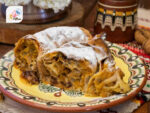






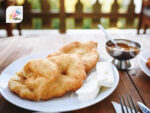
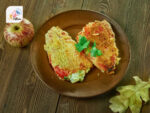
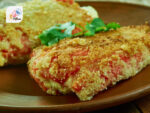
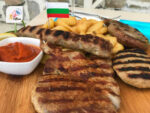

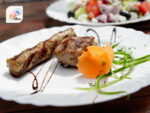
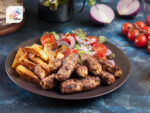
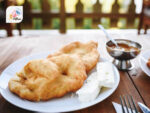
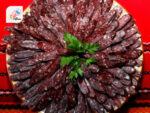
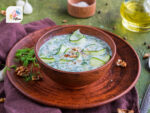
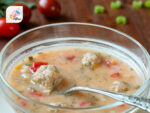
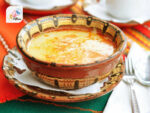
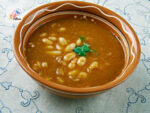
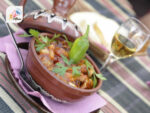
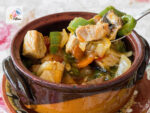
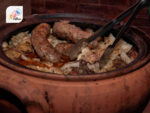
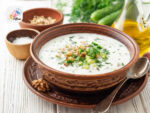
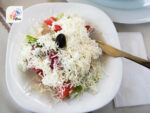
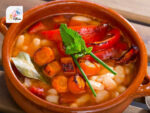
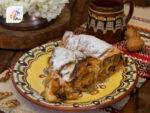

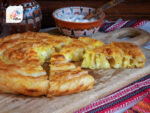
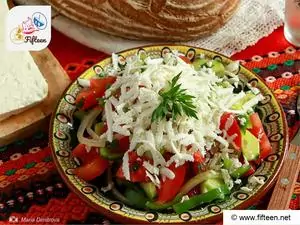
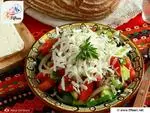
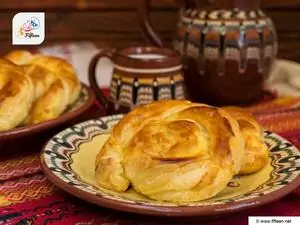

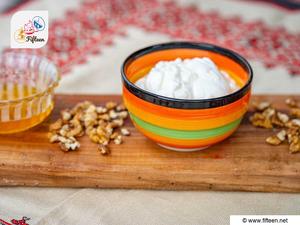
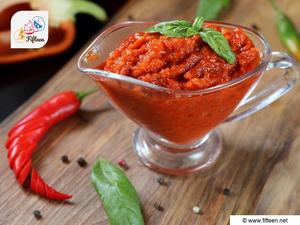

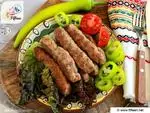
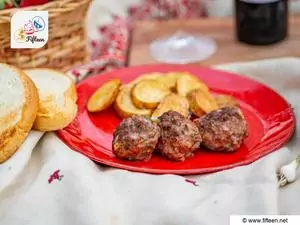
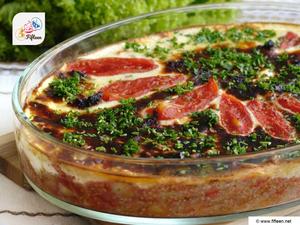
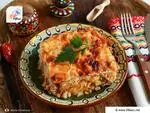
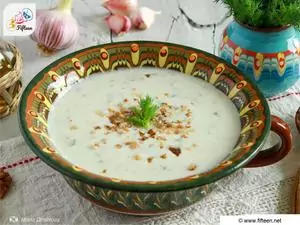
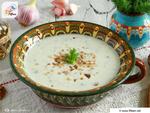
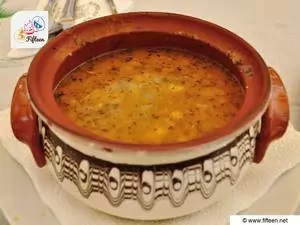
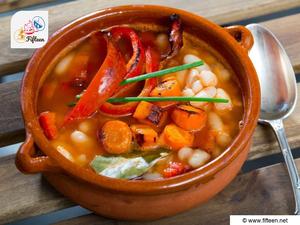
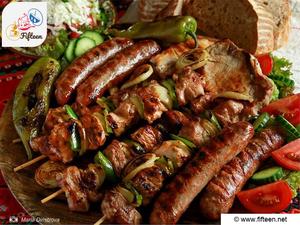
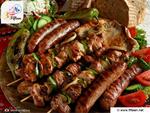
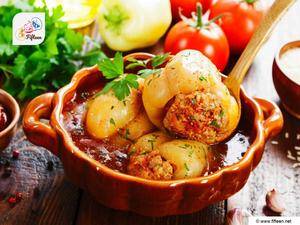
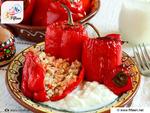
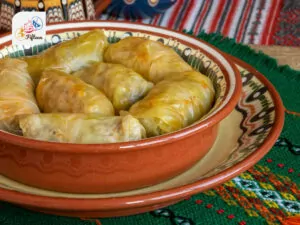
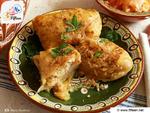
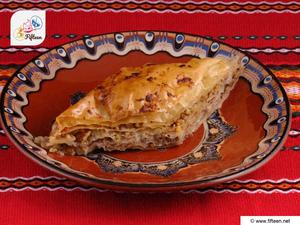
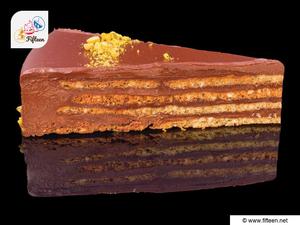
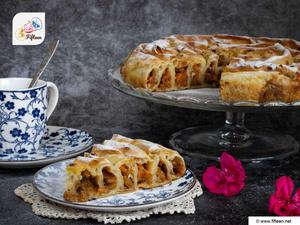

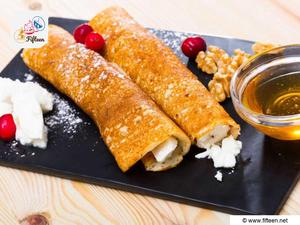
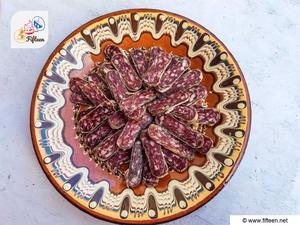
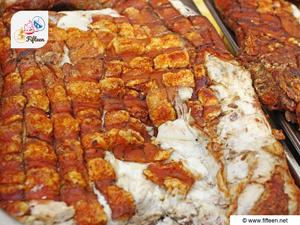
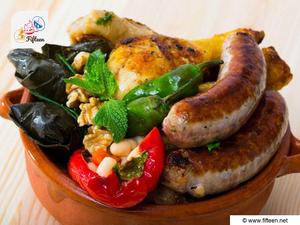
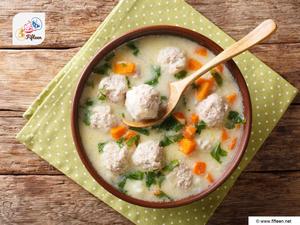
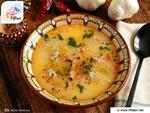

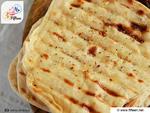
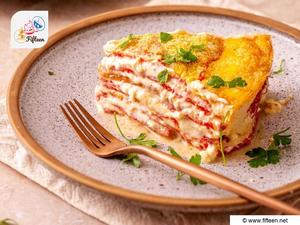
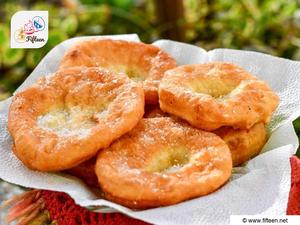
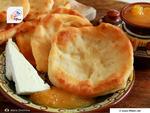
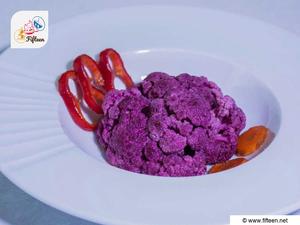
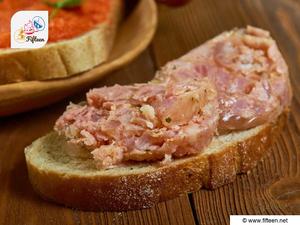

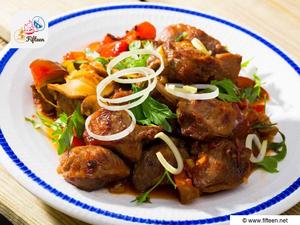
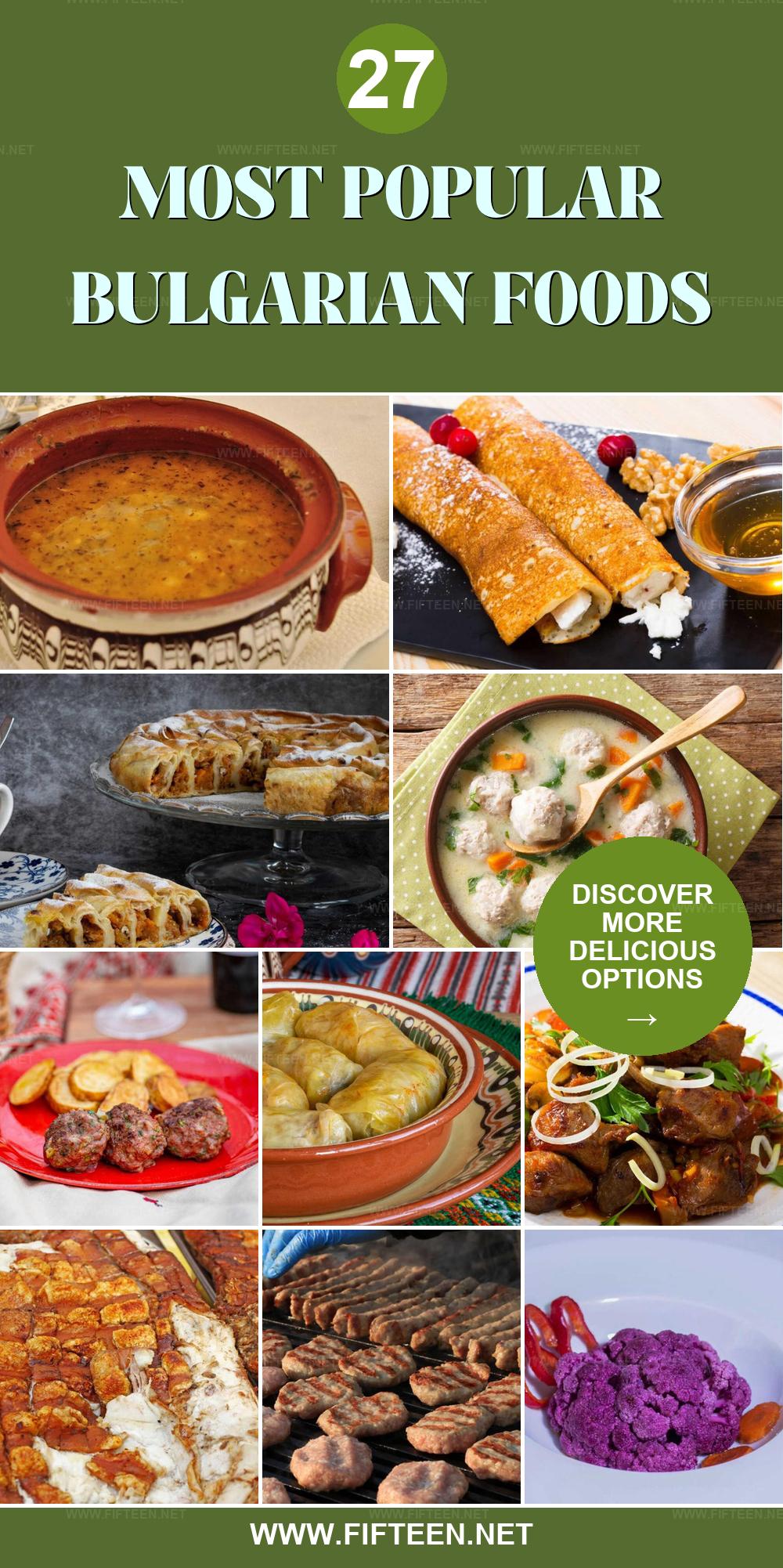
Mia Dimitrova
Content Writer
Expertise
Home Cooking, Meal Planning, Food Styling, Food Photography, Culinary Storytelling, Cooking-video Maker, European Food Content Creator, Bulgarian Food Evaluation Expert
Education
Sofia University “St. Kliment Ohridski”
Completed a thesis titled “Bulgaria on a Plate: A Photographic Journey through our Gastronomic Legacy.”
European Culinary Arts Academy
Maria Dimitrova, or Mia, is a Contributing Writer from Sofia, Bulgaria. Her work beautifully intertwines the rich flavors of Bulgarian and European dishes with their visual storytelling, capturing the soul of each cuisine. Through engaging content and stunning photography, Maria explores the intricate relationship between food’s aesthetic appeal and cultural history.
Specializing in home cooking, food styling, and photography, she brings European culinary traditions to life, offering a unique glimpse into Bulgaria’s gastronomic heritage. Maria’s expertise highlights her deep appreciation for culinary art and invites her audience to embark on a flavorful journey through Europe’s diverse food landscape.